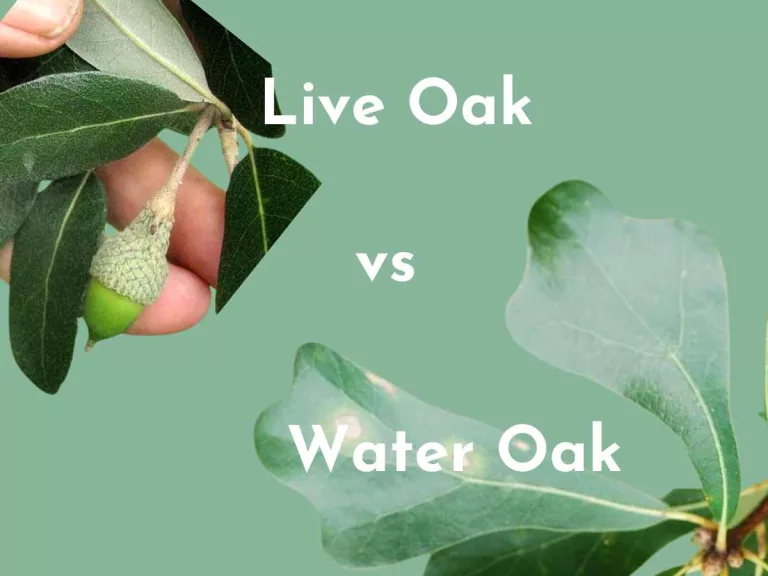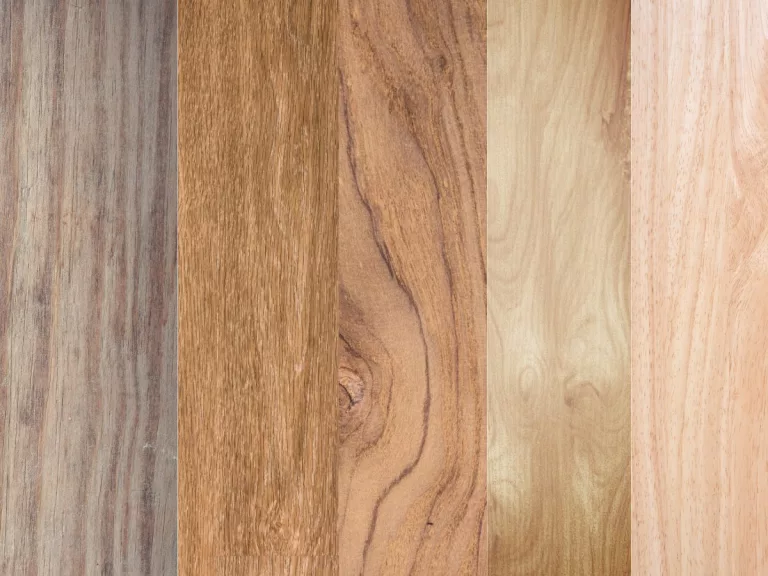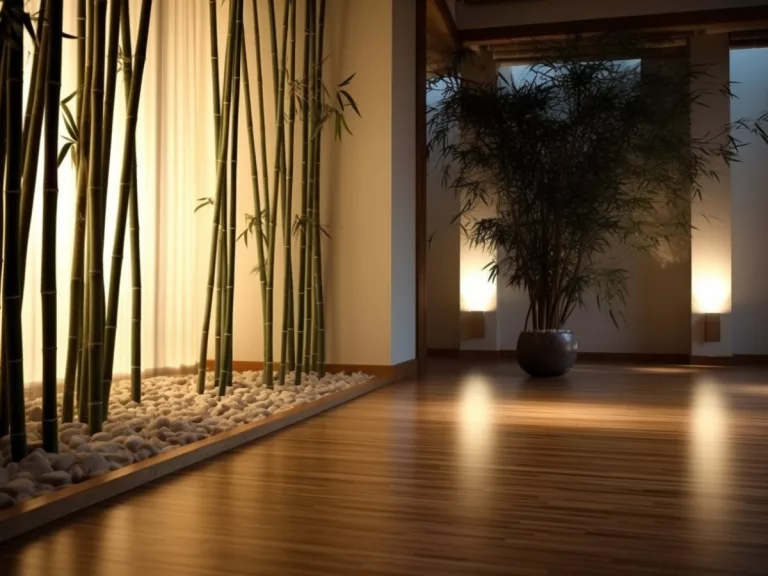Oak vs Maple Wood: Stunning Comparative Analysis
As a woodworking enthusiast, I understand the common dilemma faced when choosing between Oak and Maple wood. Oak vs maple wood opens a research opportunity. Each of the woods offers unique characteristics and aesthetics, essential for various projects. This analysis explores the subtle differences between these two popular woods, from their botanical traits to woodworking properties. It’s more than just technical details; it’s about understanding and connecting with the material to make the best choices in your woodworking endeavors.
Differences
1. Botanical Characteristics
| Feature | Oak Wood | Maple Wood |
|---|---|---|
| Family | Fagaceae | Sapindaceae (formerly Aceraceae) |
| Genus | Quercus | Acer |
| Leaves (I get a lot of queries like maple vs oak leaves, Just have a look at the photos) | Broad, lobed; deciduous or evergreen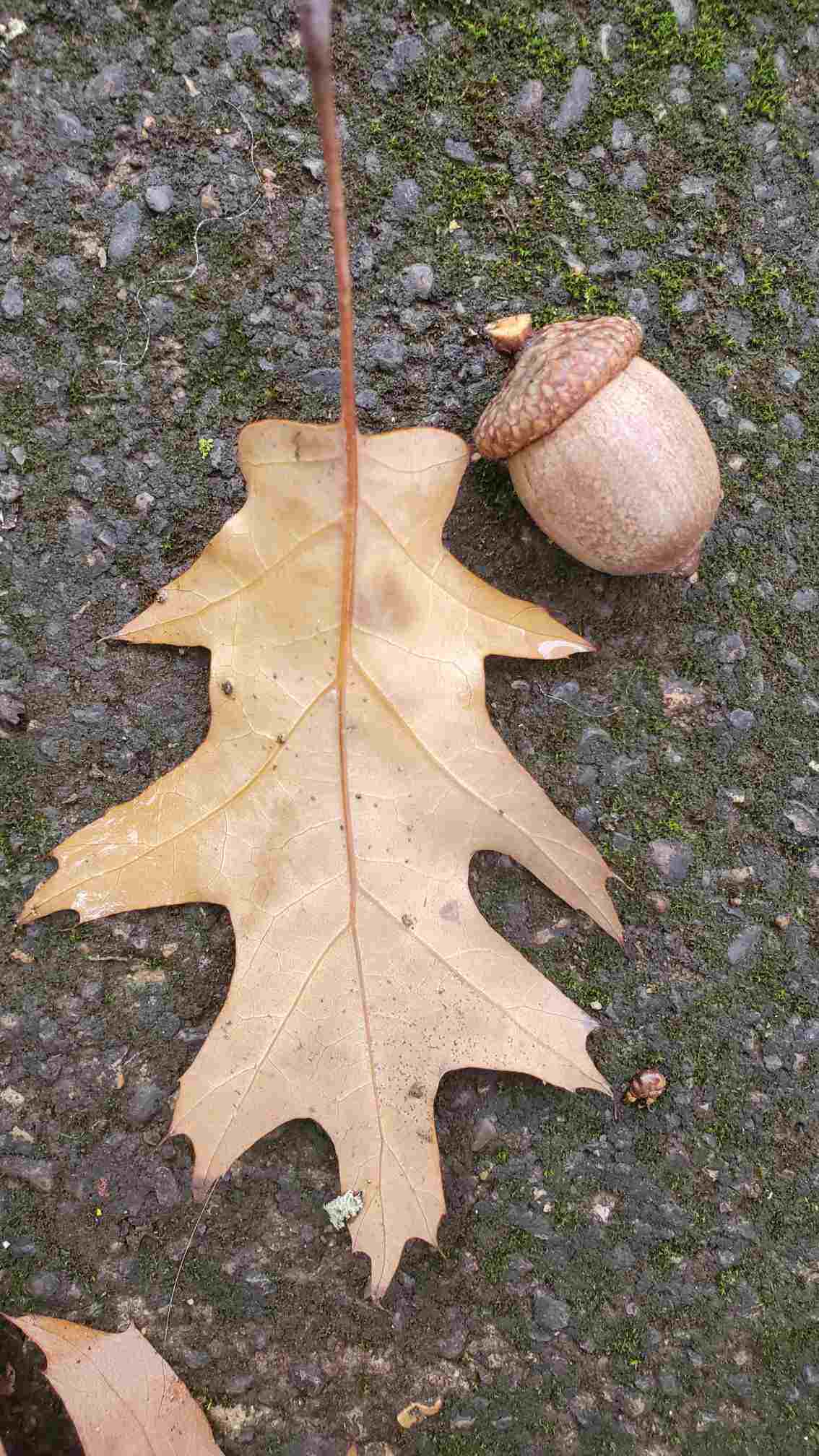 | Simple, opposite; often palmate 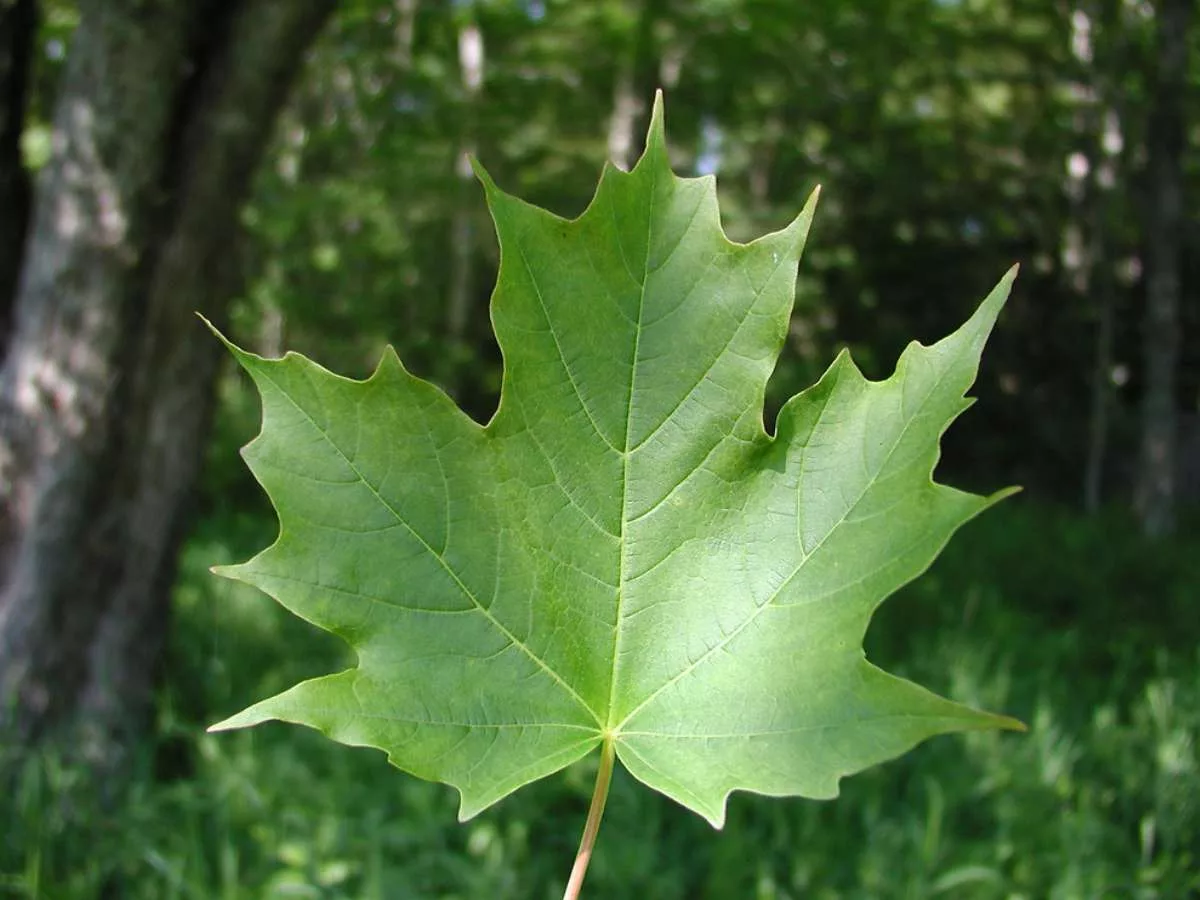 (image source: Donna Kausen) |
| Flowering | Catkins, produced in spring Image source: Arieh Tal | Small, inconspicuous; varies by species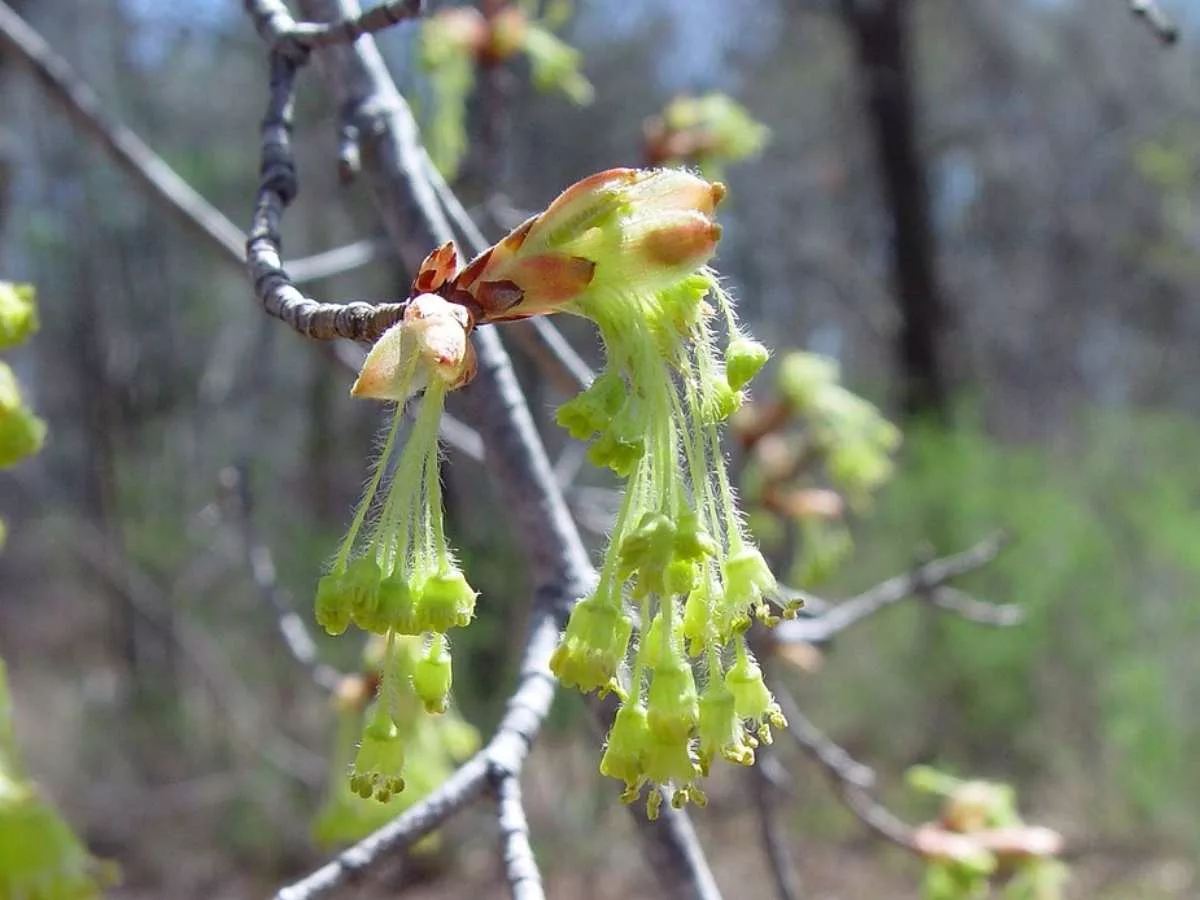 Image source: Arthur Haines |
| Fruit | Acorns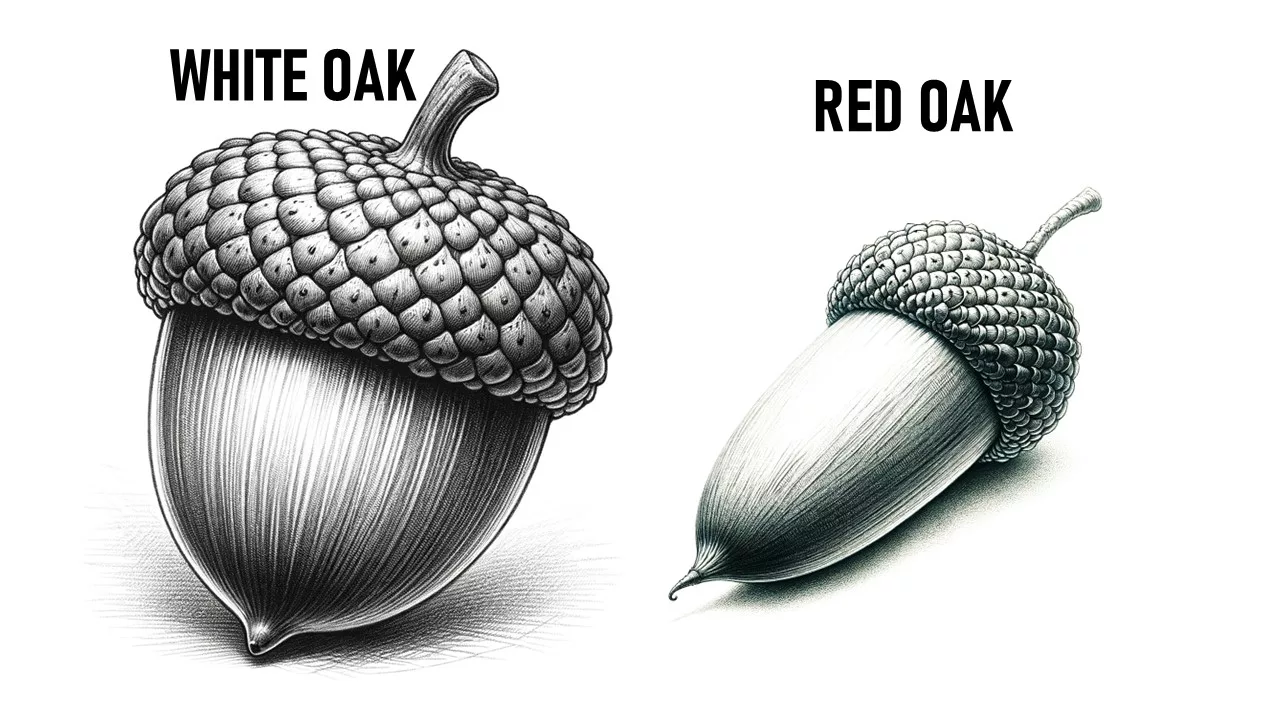 | Samaras (winged seeds)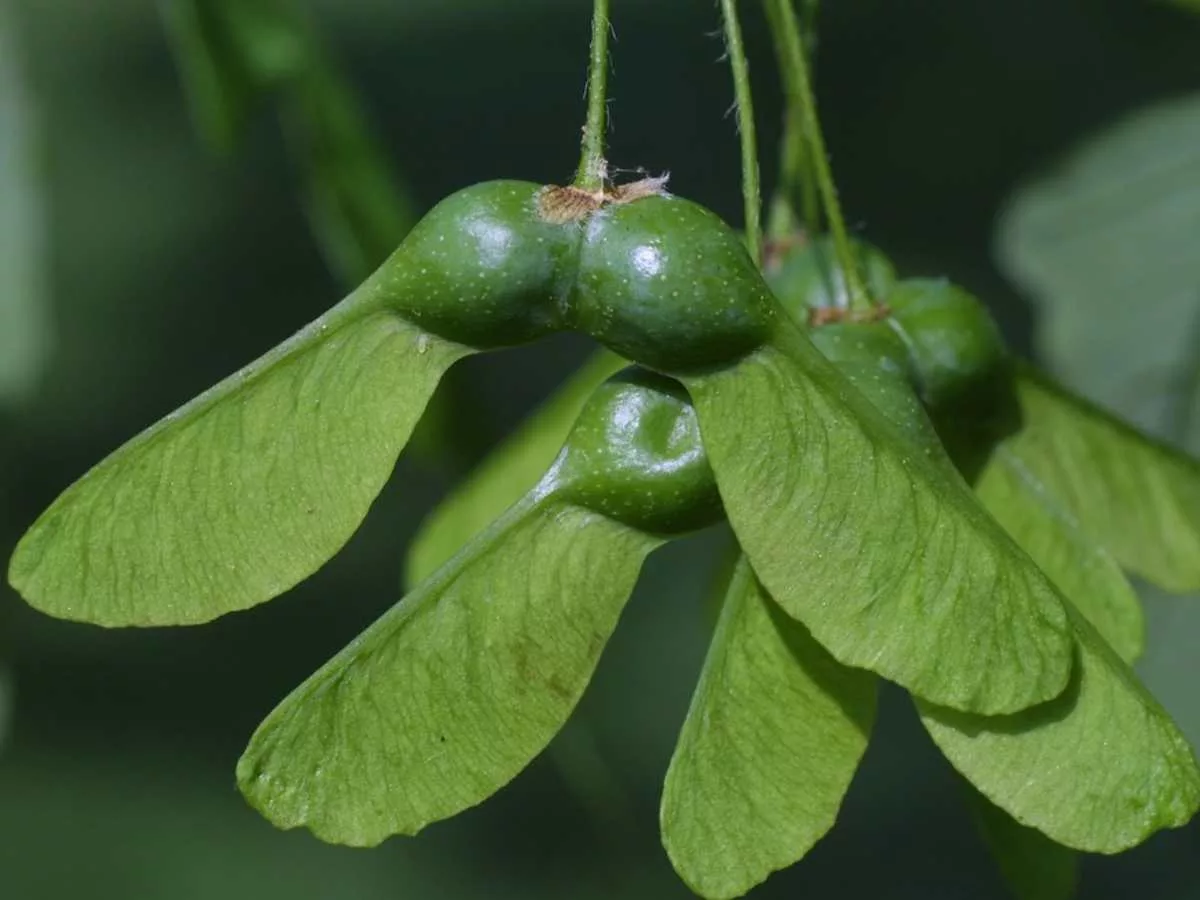 (image source: Steven Baskauf) |
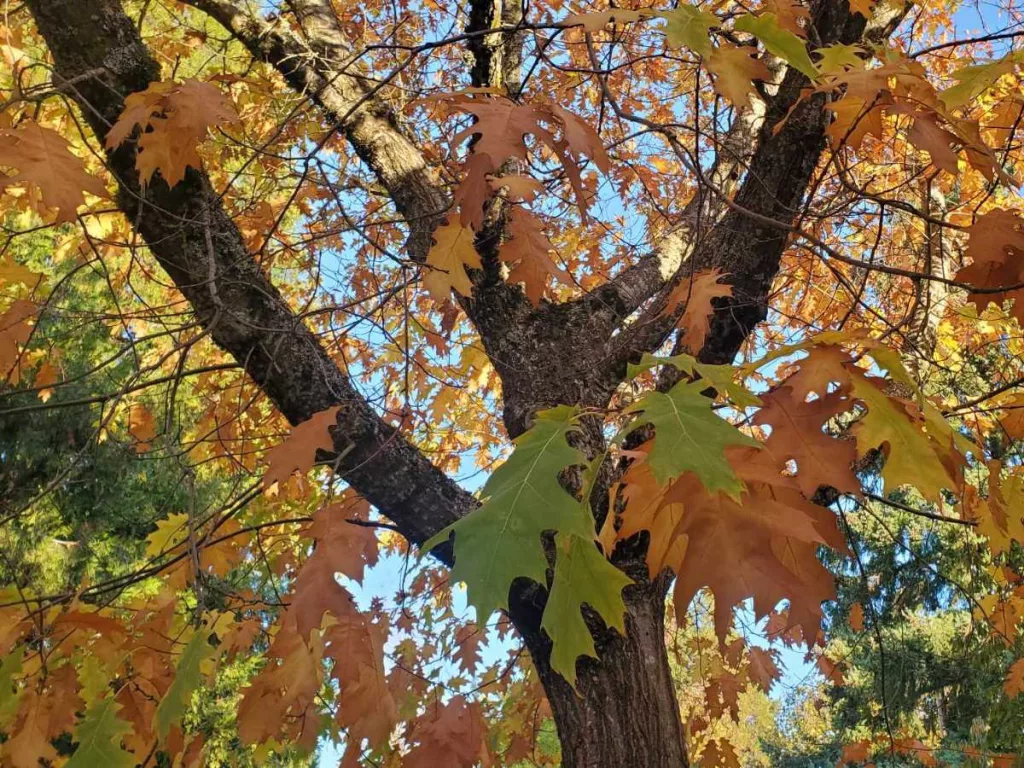
2. Growth and Propagation
| Feature | Oak Wood | Maple Wood |
|---|---|---|
| Growth Rate | Moderate to slow | Generally fast-growing |
| Propagation | Seed (acorns), some grafting | Seed (samaras), cuttings, grafting |
| Maturity | Can take decades to mature | Reaches maturity faster than oak |
I’ve seen firsthand the slower growth rate of Oak compared to Maple. Planting an Oak from an acorn requires patience, as it grows steadily but surely, embodying resilience and strength over time. In contrast, Maple trees, which I’ve propagated through cuttings, show a quicker response, reaching maturity noticeably faster. This difference in growth and maturity not only reflects in their physical presence in a landscape.
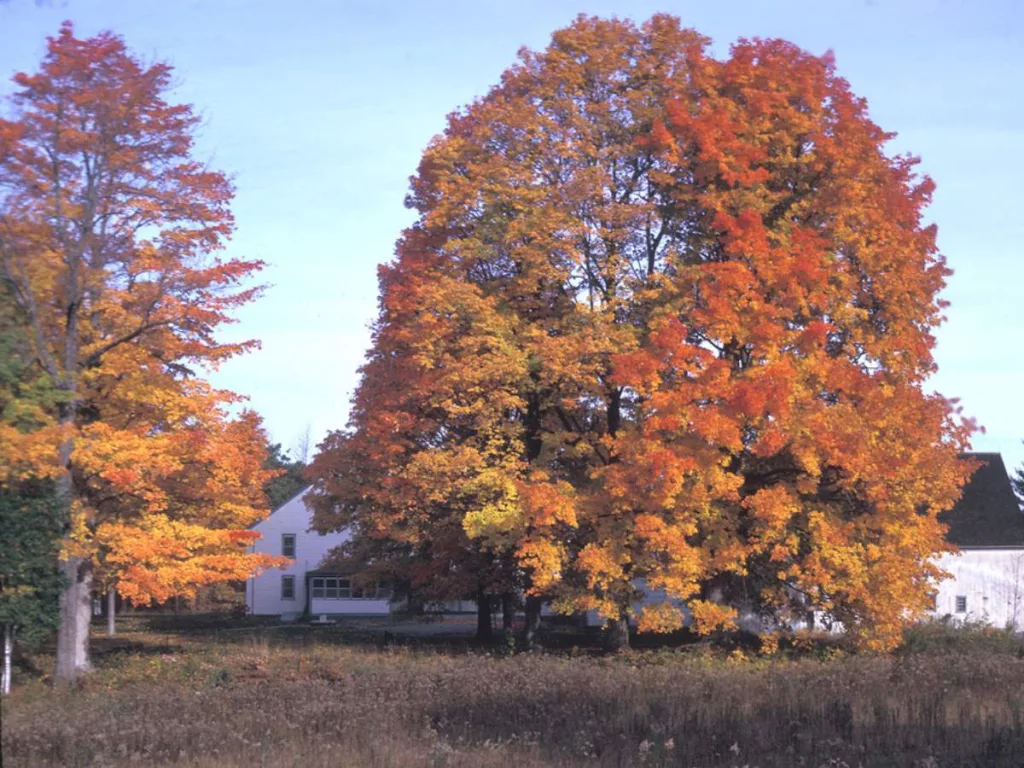
3. Habitat and Distribution
| Feature | Oak Wood | Maple Wood |
|---|---|---|
| Native Regions | Worldwide, especially in Northern Hemisphere | Primarily Northern Hemisphere, widespread in Asia, Europe, North America |
| Preferred Climate | Temperate | Temperate, some species in tropical zones |
| Soil Preference | Varied, adaptable to many soil types | Prefers well-drained, fertile soils |
4. Wood Characteristics
| Feature | Oak Wood | Maple Wood |
|---|---|---|
| Grain | Pronounced, often straight | Generally straight, sometimes wavy |
| Hardness | Hard and durable, Red oak: ~1290, White oak: ~1360 (Janka rating). | Very hard, Hard maple: ~1450 (Janka rating). |
| Color | Light beige to golden brown | Light, often with a creamy white hue |
| Texture | Coarse | Fine |
5. Environmental Considerations
| Feature | Oak Wood | Maple Wood |
|---|---|---|
| Sustainability | Generally sustainable, but some species are over-harvested | Generally considered sustainable |
| Impact on Ecosystem | Important for wildlife habitats | Supports diverse wildlife; important for certain butterfly species |
6. Woodworking Comparison
| Feature | Oak Wood | Maple Wood |
|---|---|---|
| Workability | Good, but can split; good for finishing | Good for machining; can be hard to stain |
| Common Uses | Furniture, flooring, barrels | Fine furniture, flooring, cutting boards |
| Price Range | Moderate, varies by species | Generally higher, especially for hard maple |
| Durability | Highly durable | Very durable, especially hard maple |
If you are interested in identification of oak wood, here is a video demonstration.
And following one is for hard maple (also known as sugar/rock maple).
Related Reads
Conclusion
While exploring Oak vs Maple Wood, Key differences, uses, and properties for informed woodworking decisions. I covered most of the areas of oak tree vs maple tree. Ideal for enthusiasts and professionals, it’s clear that each has its unique strengths and aesthetic qualities, making them suitable for different applications in woodworking. While Oak offers a classic look with its distinct grain and durability, Maple stands out for its fine texture and hardness, ideal for detailed and heavy-use items. The choice between these two woods ultimately depends on the specific requirements of your project, personal preference, and budget considerations. Understanding their differences helps in making an informed decision, ensuring that the chosen wood not only meets the functional needs but also complements the desired aesthetic of your work.
FAQs
Which is better wood, maple or oak?
The choice depends on the project. Oak is known for its strength, prominent grain, and durability, making it ideal for furniture and flooring. Maple, being harder, is preferred for heavy-use items like cutting boards and for fine, detailed woodworking.
Which wood is more expensive, oak or maple?
Generally, maple is more expensive than oak, especially hard maple varieties. The cost can vary based on the specific type and quality of the wood.
Why is oak better than maple?
“Better” is subjective and depends on the use. It is often preferred for its distinct grain pattern, durability, and its ability to beautifully age over time, making it a popular choice for classic furniture and rustic designs.
What is the color difference between maple and oak wood?
Oak typically has a light to medium brown color, often with a reddish cast in red oak varieties. Maple wood is usually lighter, ranging from nearly white to a light golden or reddish-brown, depending on the type.
Which tree grows faster, oak or maple?
Maple grows faster than oak.
How do you identify a maple tree?
By its opposite leaf arrangement and distinctive leaf shape, often palmate with 3-5 lobes. ( Look at the photos used in this article)
Do all oak trees have acorns?
Yes, all oak trees produce acorns.
Do maple and oak grow together?
Yes, they can grow together in mixed hardwood forests, especially in temperate climates.

